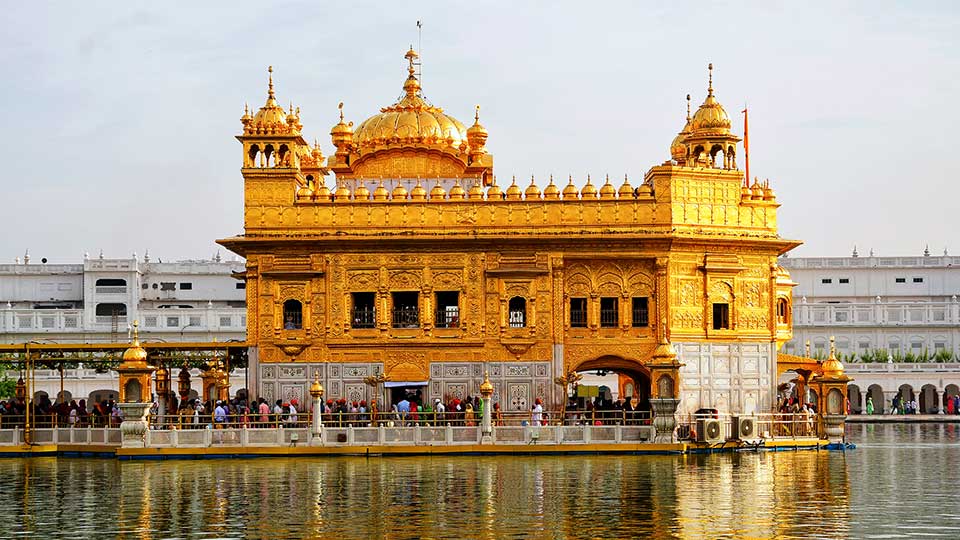India, a country famed for its rich historical and cultural variety, is also the location of some of the most lavish and spiritually significant temples in the entire globe. These beautiful houses of worship are not only beacons of faith and devotion but also proof of the populace’s unfailing riches and generosity. We set out on a fascinating adventure in this blog post as we investigate the “Top 10 Richest Temples in India.”
These temples provide a look into the enormous richness and dedication that have molded India’s religious landscape for ages. They are embellished with elaborate architecture, valuable artifacts, and an unwavering spiritual atmosphere. We’ll reveal the undiscovered gems and show you everything there is to see, from the lavish treasures of Tirumala Tirupati Devasthanams to the peaceful and thriving home of Lord Padmanabhaswamy.
We’ll learn how these temples amassed enormous endowments, frequently through gifts from worshippers, as we delve further into India’s religious and economic history. We’ll also look into the disputes and mysteries that surround some of these temples.
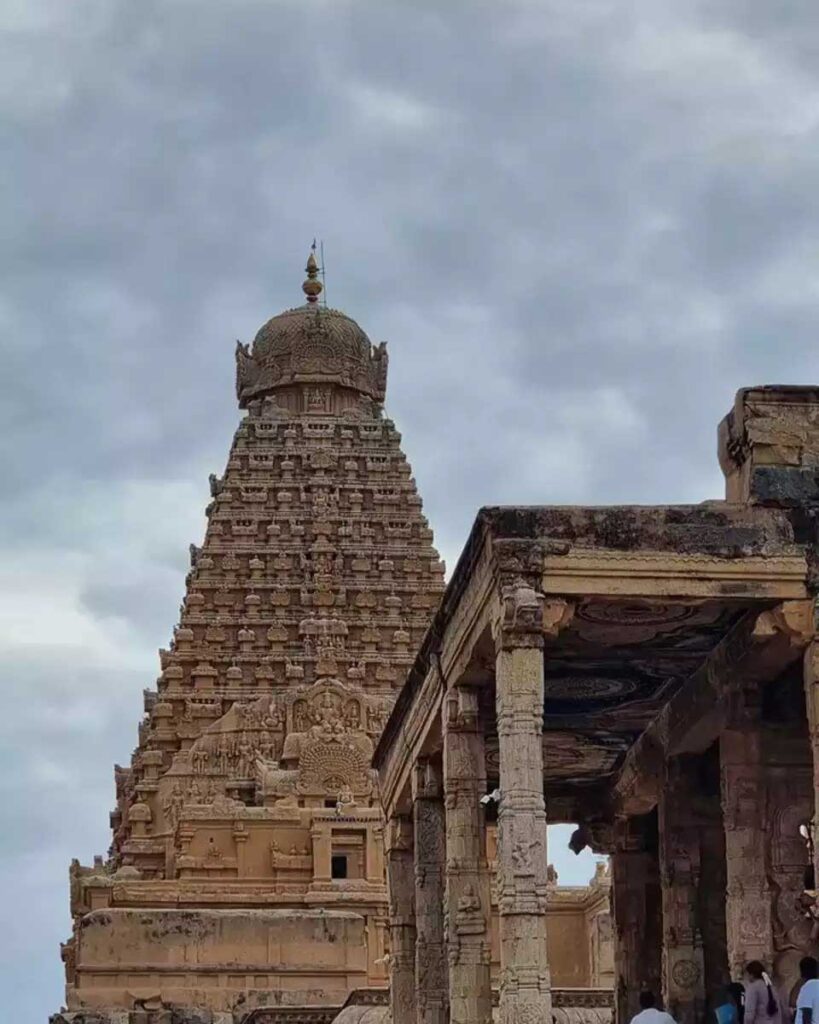
So come along with us on this enlightening tour as we take you through the sparkling realm of the “Top 10 Richest Temples in India.” As we reveal the magnificence, significance, and history of these magnificent sanctuaries, get ready to be astounded, inspired, and spiritually nourished.
This blog promises to be a fascinating overview of India’s rich temple legacy, whether you’re a devoted pilgrim or an interested traveler. Together, let’s set out on our spiritual voyage.
Sri Padmanabhaswamy Temple, Thiruvananthapuram

The pinnacle of luxury is the Sree Padmanabhaswamy Temple in Thiruvananthapuram, Kerala. It was constructed in the eighth century and features a statue of Lord Vishnu resting on Anantha. The compassionate rule of King Marthanda Varma, who oversaw a significant reconstruction, is entwined with its history.
Thripadidanam, the generous offerings of devotees, is the source of the temple’s wealth, which is overseen by a trust led by the royal family. Six underground vaults were uncovered in 2011 as a result of a court petition, revealing an incredible cache of gold, jewelry, coins, and other valuables. A 4-foot solid gold idol and countless other valuables could be found in Vault A alone.
Vault B is still locked up and is thought to be protected by paranormal entities such as poisonous snakes and perhaps even a connection to the Arabian Sea. The treasures in the temple, gathered over millennia from numerous kingdoms, make us wonder what mysteries and unfathomable richness are hidden within.
Siddhivinayak Temple, Mumbai

Dubai Patil established Mumbai’s Siddhivinayak Temple in 1801 and it is a 200-year-old monument. It experienced a significant metamorphosis in 1990, growing from a modest 3.6 square meter building to a six-story wonder composed of pink granite and marble.
The main deity of the temple, Lord Ganesh, is depicted standing in his chaturbhuj form, which has a distinctive right-sided trunk that represents Moksha and freedom from material pursuits. Celebrities and regular people alike visit Siddhivinayak, who is known for bestowing blessings, particularly during the important Ganesh Chaturthi festival.
The temple launched an app that enables online bookings and 5-minute video conversations with priests to adapt to the “New Normal” post-COVID and allow followers to partake in rituals from a distance.
Siddhivinayak Temple is a must-see because it maintains its spiritual value and rich heritage despite modernization.
Shirdi Sai Baba Temple, Shirdi

The Shirdi Sai Baba Temple is connected to Shirdi Sai Baba. Sai Baba’s teachings of love, compassion, and unity draw thousands of devotees from all walks of life every day to this shrine in Shirdi, India. The temple includes a shrine where Sai Baba’s mortal remains repose, and it is a popular pilgrimage place for both Hindus and Muslims.
At specified times of the day, devotees observe rituals and aartis (religious rites), and the inside of the temple and the statue of Sai Baba made of Italian marble are both covered in gold. The Shri Sai Baba Sansthan Trust, which is in charge of the temple’s administration, provides free meals to all guests, regardless of their caste, creed, or religion.
Shirdi has become a renowned pilgrimage destination due to the prominence of this temple.
Golden Temple, Amritsar
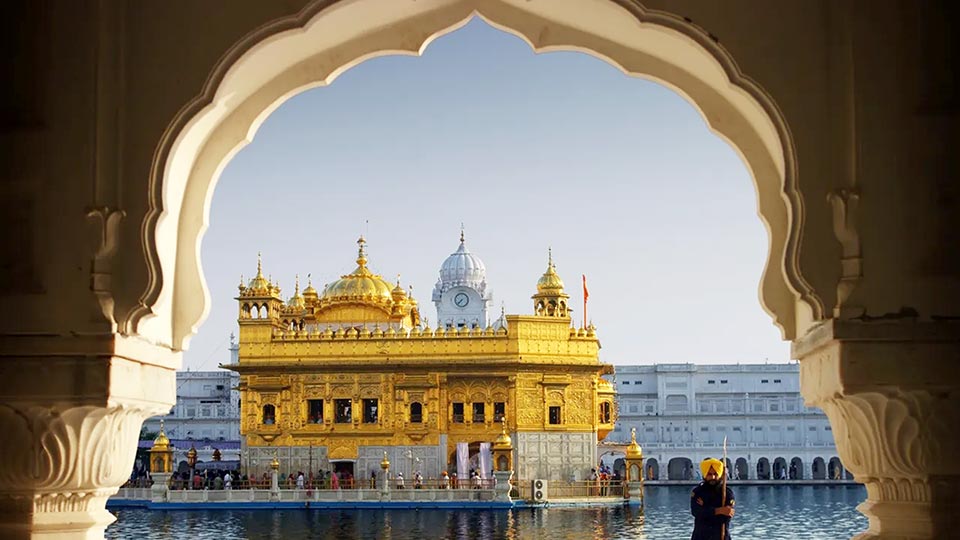
The most revered Sikh shrine is called the Golden Temple (Harmandir Sahib), and it is situated in Amritsar, Punjab. The temple is free to enter and is supported by contributions. It is reachable on foot within the city limits of Amritsar or by rickshaws. Visitors are given free shoe and luggage storage.
People of all religions are welcome in the temple, which is open from 3 a.m. to 11 p.m. While there are no particular best times to visit, sunrise, sunset, and midnight provide distinctive experiences, but be prepared for eager people to ask for photos.
Dress modestly, wash your hands, take off your shoes, and cover your head (head covers are provided). Respect the Sikh way of life while you’re there.
Established in 1577 by Guru Ram Das, it is a sanctuary for everyone’s equality and worship. The world’s largest free kitchen (Langar) offers volunteer opportunities, and the temple’s dome is covered in 750kg of pure gold. The compound of the temples also offers free lodging.
Meenakshi Temple, Madurai
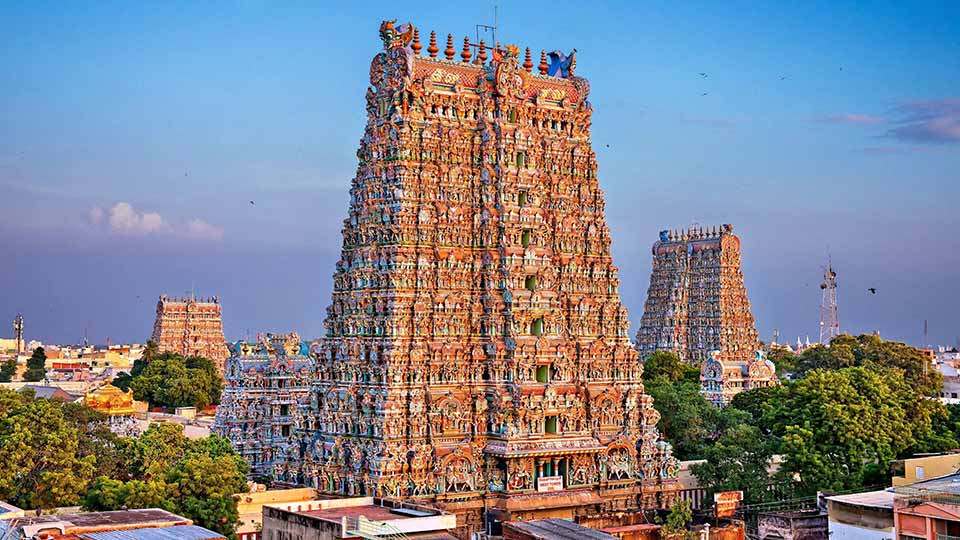
The Meenakshi Sundareswarar Temple in Madurai is a 2,000-year-old, enormous edifice that was enlarged during Thirumalai Nayak’s (1623–55 AD) rule. Lord Siva as Sundareswarar and Meenakshi, his fish-eyed consort, are the subjects of this twin temple. It is well known for its wonderful paintings and sculptures and has five majestic gates.
The “Ayiramkaal Mandapam” or Hall of Thousand Pillars is a stunning building that is covered with lifelike and elaborate sculptures. Unique musical pillars that emit varied notes when tapped are located in the outer corridors. The temple is typically open between the hours of 5:00 AM and 12:30 PM and 4:00 PM and 9:30 PM.
Somnath Temple, Gujarat

The first of the twelve sacred jyotirlingas, representing Lord Shiva as a fiery column of light, initially appeared at the Somnath Temple, which is situated on the western frontier of India.
The temple has a long history that dates back to at least 649 BC, and maybe even further. It is situated at the meeting point of the Kapila, Hiran, and Sarasvati rivers, with the Arabian Sea lapping at its borders. It has elaborate carvings in a honey-colored hue and was rebuilt in its current shape in 1951.
According to legend, Somraj constructed it in gold at first, and subsequently, Ravana, Krishna, and Bhimdev reconstructed it in silver, wood, and stone. One of the 12 sacred Shiva lingams is housed at the temple, which has seen several cycles of destruction and reconstruction. Aurangzeb and Mahmud of Ghazni are two rulers who left their marks there. The greatest season to travel is from October to February when Shivratri and Kartik Purnima are celebrated with fervor.
Sabarimala Ayyappa Temple, Kerala

One of the world’s most popular annual pilgrimage locations, the Sabarimala Sree Ayyappan Temple in Kerala, India’s Periyar Tiger Reserve, attracts around 10 to 15 million people annually. The temple, which is a part of the Periyar Tiger Reserve, is located on a hill surrounded by lush trees and is devoted to the Hindu celibate deity Ayyappan, also known as Dharma Shasta. The temple, which is accessible for worship at certain times, represents the coexistence of India’s many different religions.
According to legend, Ayyappan is a manifestation of Shasta created by the union of Shiva and Vishnu. This temple and the other five depict various eras in Ayyappan’s life. It has a colorful past that includes a fabled association with Lord Rama and tribal saint Sabari. The sanctum faced
Jagannath Temple, Puri

As one of India’s four holiest pilgrimage sites, or Dhamas, Puri, famous for the prestigious Shri Jagannath Temple and its magnificent Golden Beach, maintains a special place. Puri is renowned as the Purusottama Kshetra, where Lord Jagannath, along with Devi Subhadra and Lord Balabhadra, are worshipped. The other holy places are Dwarika, Badrinath, and Rameswar. A brilliant Ratna Simhassana supports the celestial deities.
The magnificent Shri Jagannath Puri Temple, a masterpiece of Kalinga architecture from the 12th century, rises 65 meters above the sea in Puri. Puri has several Lord Jagannath-related events throughout the year, including the Snana Yatra, Ratha Yatra (renowned Car Festival), and Bahuda Yatra, among others. The most spectacular event is the well-known Rath Yatra, which attracts huge people to see the holy voyage.
Swaminarayan Akshardham Temple, Delhi

The name Akshardham, which denotes the celestial abode of God, stands as an everlasting haven of devotion, chastity, and peace. A hallowed sanctuary for Hindu worship, Swaminarayan Akshardham in New Delhi is more than simply a Mandir; it is a spiritual and cultural complex devoted to education, harmony, and devotion. Its historic design, passionate religious traditions, and enduring Hindu spiritual teachings are all evident in its art and architecture.
This Mandir honors Bhagwan Swaminarayan (1781–1830), as well as the Hindu gods, goddesses, and venerated sages. This traditionally designed structure, which was inaugurated on November 6th, 2005, with the blessings of HH Pramukh Swami Maharaj and the tireless labor of talented artisans and volunteers, is home to over 200 murtis that represent spiritual luminaries from throughout the ages.
The idea that every soul can become divine is what gives Akshardham its spiritual significance. The spiritually enlightening experience of visiting this holy site emphasizes the efficacy of prayer, the strength of nonviolence, Hinduism’s universal values, and the stunning beauty of God’s earthly habitation.
Vaishno Devi Temple, Jammu
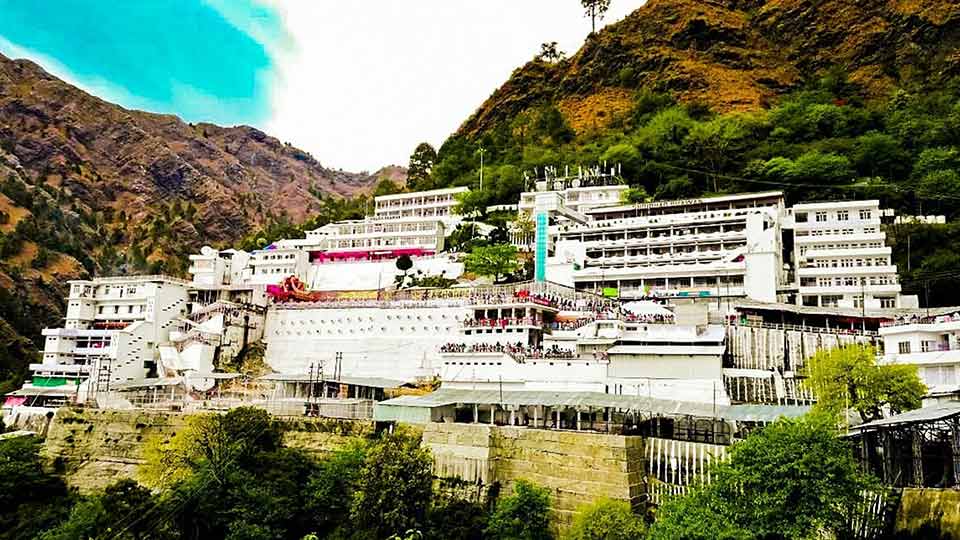
The Vaishno Devi Temple, nestled inside the Trikuta Mountains and 61 kilometers from Jammu, is a cherished pilgrimage site that draws tens of thousands of Hindu devotees each year. In northern India, the significance of this sacred site is enormous. The temple, which is perched at a height of 5,200 feet, is devoted to Goddess Shakti, also known as Maha Kali, Maha Saraswati, and Maha Lakshmi.
Despite coming from the same rock source, the three sacred “pindis,” or stone representations, of these goddesses are housed inside the cave temple. Pale white symbolizes Goddess Saraswati, yellow-red stands in for Goddess Lakshmi, and black denotes Goddess Kali.
According to legend, the Pandavas from the Mahabharata era constructed this sacred cave shrine; the goddess is first mentioned in the epic. Another story describes Vaishno Devi’s celibacy vow and her meeting with Bhairon Nath, which caused her to change into Maha Kali. The temple is also connected to Lord Rama, who blessed young Vaishno Devi and promised to marry her when she took the form of Kalki in the future. In the Trikuta range, she was told to meditate in a cave, where she is still revered today.
Conclusion
In this captivating exploration of India’s “Top 10 Richest Temples,” we’ve uncovered not only opulent treasures but also deep spiritual legacies. From the grandeur of the Sree Padmanabhaswamy Temple to the divine grace of Vaishno Devi Temple, each shrine tells a story of faith, devotion, and the enduring richness of Indian culture. These temples stand as remarkable testaments to the unwavering faith and generosity of devotees, offering spiritual nourishment to pilgrims and travelers alike. As we conclude this journey, we are left in awe of India’s rich temple legacy, a source of inspiration for all who seek the divine.
Frequently Asked Questions
The Sree Padmanabhaswamy Temple in Thiruvananthapuram, Kerala, is often regarded as the wealthiest temple.
The primary deity is Lord Ganesh, depicted in his chaturbhuj form, symbolizing Moksha.
The Shirdi Sai Baba Temple is in Shirdi, Maharashtra, and it attracts devotees from all backgrounds due to Sai Baba’s teachings of love and compassion.
The Golden Temple, or Harmandir Sahib, in Amritsar, is the holiest Sikh shrine, emphasizing equality, worship, and free communal meals.
Lord Siva as Sundareswarar and Goddess Meenakshi are the main deities worshipped at this 2,000-year-old temple.
The Somnath Temple in Gujarat is believed to be the site where the first of the twelve sacred jyotirlingas appeared, representing Lord Shiva.
Sabarimala Sree Ayyappan Temple in Kerala is famous for its annual pilgrimage, attracting millions of devotees, and representing the coexistence of various religions.
Jagannath Temple in Puri hosts various events, including the Rath Yatra (Car Festival), Snana Yatra, and Bahuda Yatra.
Akshardham Temple signifies an eternal abode of God and serves as a spiritual and cultural complex dedicated to devotion, education, and harmony.
The presiding deity is Goddess Shakti, known as Maha Kali, Maha Saraswati, and Maha Lakshmi. The temple houses three sacred pindis representing these goddesses, each differing in color and texture.
Meet The Author

Krishna Kishor
Greetings! I’m Krishna Kishor, currently pursuing an MBA at IMT Ghaziabad, where I’m honing my skills in business management. While my academic pursuits keep me grounded in the corporate world, my heart finds solace in exploring the spiritual and cultural realms of our diverse world.

